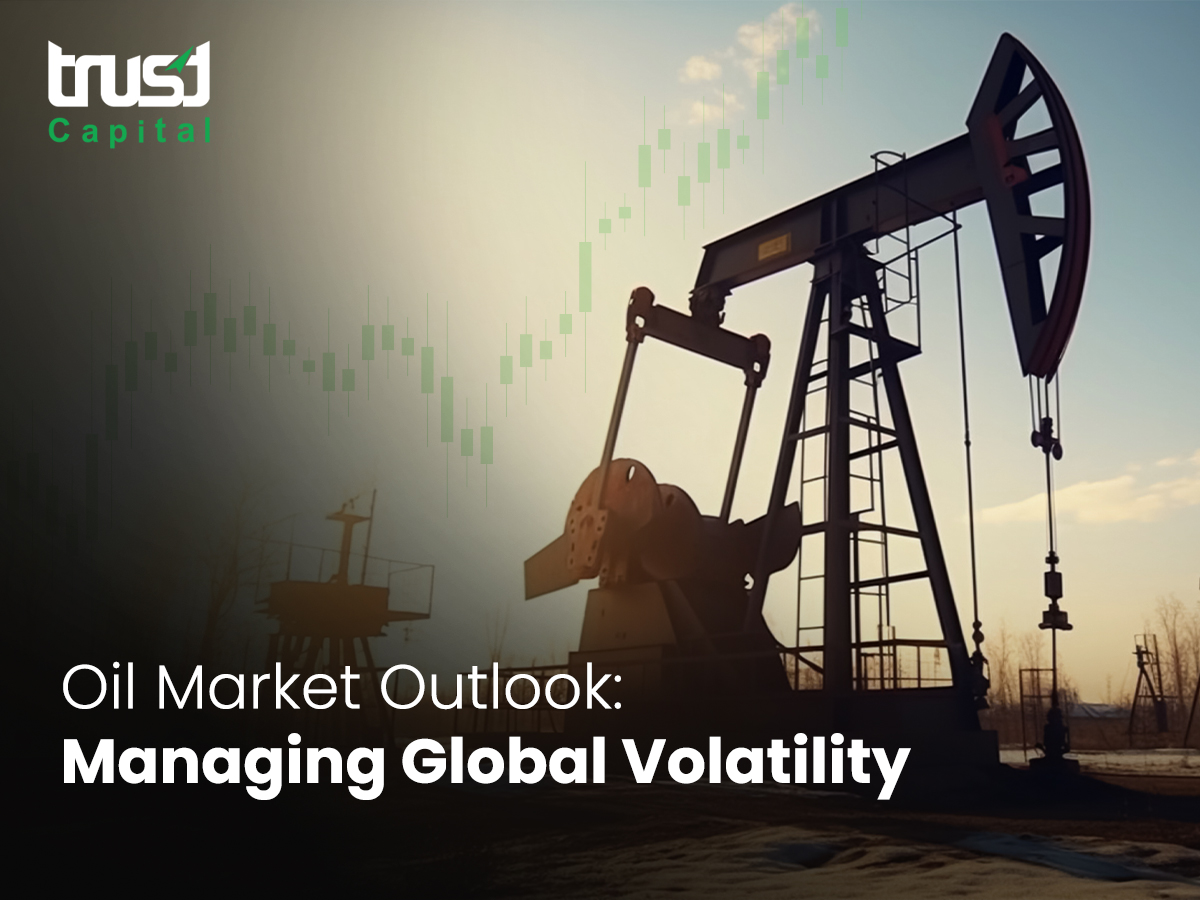Oil Price Swings: What’s Driving Energy Markets Now?

Crude oil prices have long been one of the most significant forces shaping the global economy. Whether it's the fuel cost in your vehicle or the energy bills that industries pay, oil price swings influence almost everything. As we move closer to 2025, analysts and traders are keeping a sharp eye on global energy markets, trying to decode what’s really driving the volatility.
Geopolitical Tensions: The Biggest Catalyst
One of the top factors affecting oil prices and geopolitical tensions remains global conflicts. Events in major oil-exporting countries like Saudi Arabia, Russia, and Iran continue to cause uncertainty. Whenever a geopolitical risk arises sanctions, war, bor locked trade routes, Brent crude prices often surge instantly. With many of these tensions expected to continue into next year, the top global oil forecast suggests more price instability ahead.
Demand Growth vs. Supply Challenges
Another key driver of energy market volatility trends is the push-pull between supply and demand. Many economies are recovering strongly, increasing the need for fuel. Meanwhile, OPEC+ continues to manage supply levels to keep crude oil prices supported. This combination creates a tight balance, contributing to ongoing oil price swings analysis in trading rooms worldwide.
The oil price impact on the economy is clear: higher prices push inflation, while lower prices bring temporary relief but may hurt oil-producing nations. Striking the right balance will be a major challenge for markets going into 2025.
Transition to Renewables: A Long Road Ahead

Even as the world invests heavily in clean energy, oil still accounts for a major share of global fuel consumption. Global energy trends 2025 show that while renewables are growing fast, industries like airlines, shipping, and chemical manufacturing may still depend on oil for years to come. This means demand remains strong enough to keep oil price forecast models leaning toward higher pricing.
Economic Policies and Interest Rates
Central banks around the world are adjusting interest rates to control inflation. When rates rise, economic activity can slow down, reducing oil demand. When they fall, industries expand — boosting demand and pushing prices up. This policy roller-coaster is expected to remain one of the top oil market trends influencing energy pricing in the coming year.
Energy Market News: What Traders Should Watch
-
Oil traders are constantly analysing
-
Inventory data from the U.S. and OPEC
-
Currency fluctuations, especially the USD
-
Production reports from shale oil producers
-
Seasonal demand shifts
These indicators offer clues for the top oil market analysis and help traders develop smarter crude oil trading strategies.
Best Energy Investment Strategy for 2025

The big question for investors: Where to place your money?
Here are a few ideas:
• Long-term investments in top energy commodities, forecast as oil and natural gas
• Hedging through futures and options to manage risk
• Diversifying with renewable-linked energy companies
• Staying updated with energy market news to react quickly
Adaptive oil trading strategies will be essential, especially as we approach what could be one of the most unpredictable years for oil.
Conclusion: Volatility Is the New Normal
The latest oil price forecast for 2025 suggests that while prices may fluctuate sharply, the long-term trend leans toward steady or rising value. Between global politics, shifting demand, and economic pressures, global energy markets are changing faster than ever. For traders and investors, keeping pace with energy market trends is no longer optional; it’s the key to opportunity.







